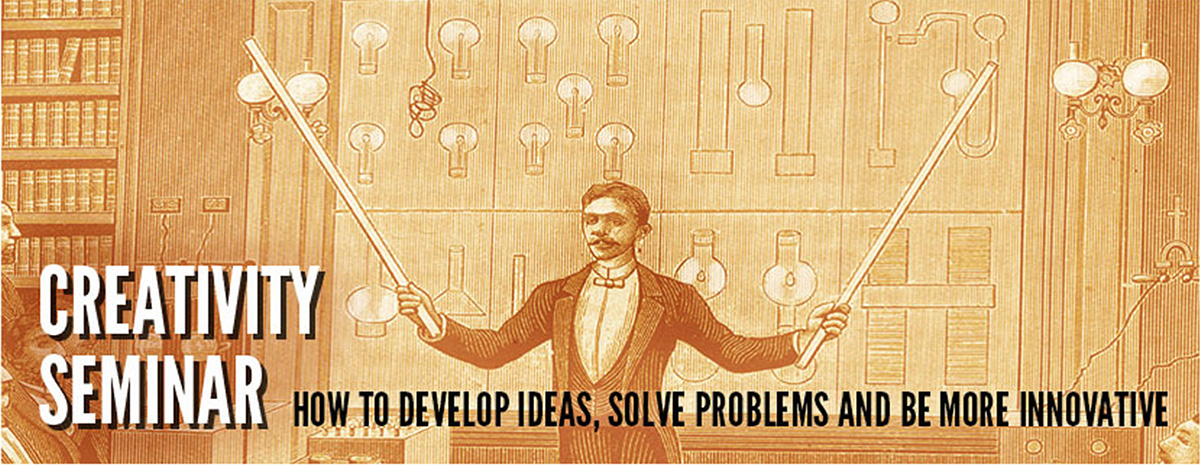 AT @ THE FIFTEENTH CENTURY: Arroba sign, used at the "taula de Ariza" registry from 1448, to denote a wheat shipment from Castile to the Kingdom of Aragon.
AT @ THE FIFTEENTH CENTURY: Arroba sign, used at the "taula de Ariza" registry from 1448, to denote a wheat shipment from Castile to the Kingdom of Aragon.As symbols, icons and graphical abbreviations evolve into ever more dominant tools of communication in the digital age, it becomes helpful to understand the history of such visual devices.
Perhaps the most iconic icon of the internet age is the "@."
Thousands of years before the invention of email, the symbol had a variety of other functions in linguistic and commercial society.
The @ symbol, which is believed to date back to the sixth century, is commonly defined as: "A cursive variation of ᾱ or ᾱᾱ, the abbreviation of Greek ανα (ana) used in recipes and prescriptions with the meaning "of each", and later extended to accounting. Other explanations have that it is ā, an abbreviation of Latin ad (“to”), or French à (“to”).
At it's most basic, it's a handwriting device, a ligature designed to fuse a preposition in a single distinctive pen stoke.
The symbol persisted in sixteenth-century Venetian trade, where it was used to mean amphora, a standard-size terracotta vessel employed by merchants, which had become a unit of measure.
The @ symbol was known as the ‘”commercial ‘a’” when it appeared on the keyboard of the American Underwood, the first typewriter, in 1885.
From this stage forward, the symbol was standardized stylistically and functionally, and it appeared in the original 1963 ASCII (American Standard Code for Information Interchange) list of computer codes.
In 1967, American electrical engineer Ray Tomlinson created the world’s first email system and in 1971 selected the @ for its unique locative sense.
Cultures around the world have anthropomorphized @ with charming names: Germans, Poles, and South Africans call it “monkey’s tail” in each different language. In Italian, the symbol is referred to as the “snail,” (chiocciola), in French as "arrobase" in Norwegian as “pig’s tail,” and in Chinese as “little mouse.” For the Russians @ symbolizes a dog, while the Finnish know @ as the miukumanauku, meaning the “sign of the meow,” and believe that the symbol is inspired by a curled-up sleeping cat.
@ at MoMA:
Now, the symbol has been recognized on a new level of cultural significance.
New York's Museum of Modern Art's Department of Architecture and Design has "acquired" the @ symbol into its collection.
From Paola Antonelli, Senior Curator:
"[Ray] Tomlinson performed a powerful act of design that not only forever changed the @ sign’s significance and function, but which also has become an important part of our identity in relationship and communication with others. His (unintended) role as a designer must be acknowledged and celebrated by the one collection—MoMA’s—that has always celebrated elegance, economy, intellectual transparency, and a sense of the possible future directions that are embedded in the arts of our time, the essence of modern.UPDATE:
The appropriation and reuse of a pre-existing, even ancient symbol—a symbol already available on the keyboard yet vastly underutilized, a ligature meant to resolve a functional issue (excessively long and convoluted programming language) brought on by a revolutionary technological innovation (the Internet)—is by all means an act of design of extraordinary elegance and economy."
The London Independent responds to MoMA's acquistion and quotes Steve Kennedy, adjunct professor of typography at The New School, who expressed puzzlement: "What will it lead to? Maybe we will wake up tomorrow and discover that the Guggenheim has acquired the ampersand..."

